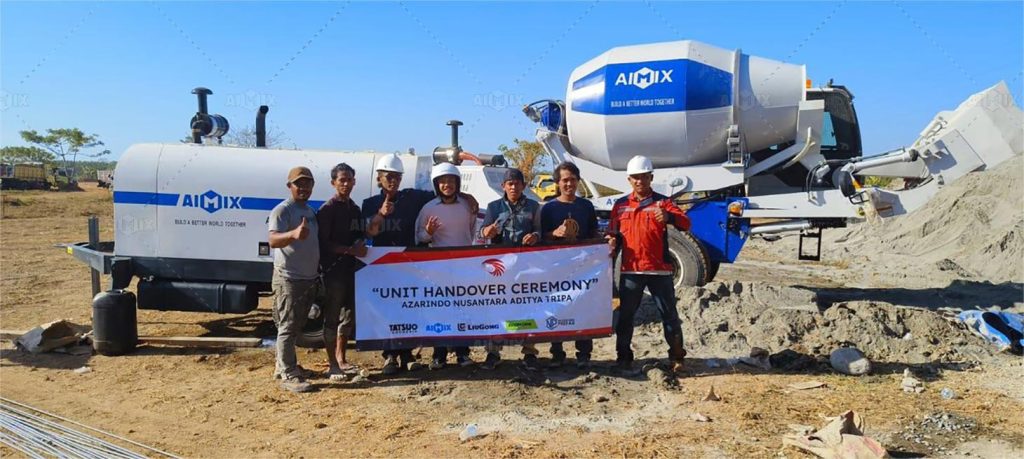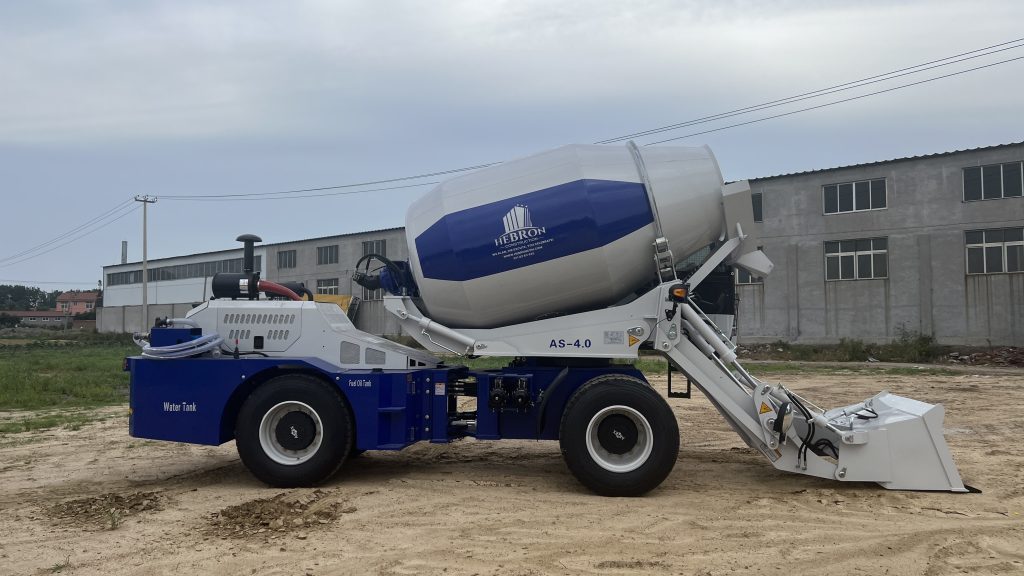Small self loader concrete mixers and larger stationary mixers serve distinct roles in construction projects, each with its own set of advantages and limitations. Understanding how these two types of mixers compare in terms of productivity and output is crucial for contractors and construction professionals.
Overview of Small Self Loader Concrete Mixers
Small self loader concrete mixers are compact machines designed for mixing and transporting concrete on construction sites with limited space. They typically feature a self-loading mechanism, allowing operators to load materials directly into the mixer without the need for additional equipment. The Small Self Loader Concrete Mixer is prized for their maneuverability and versatility, making them ideal for small to medium-sized construction projects.

Overview of Larger Stationary Mixers
Larger stationary mixers, on the other hand, are heavy-duty machines designed for high-volume concrete production. These mixers are typically installed at centralized batching plants or large-scale construction sites. They feature a fixed drum or container where materials are batched, mixed, and discharged. Larger stationary mixers are capable of producing large quantities of concrete consistently and efficiently, making them suitable for large construction projects.
Productivity Comparison
Factors Influencing Productivity
Several factors influence the productivity of concrete mixers, regardless of size. These factors include the mixing capacity, mixing speed, loading and unloading times, and overall efficiency of the machine. Additionally, the skill and experience of the operator play a significant role in maximizing productivity. View more details about mixers here: https://aimixglobal.com/self-loading-concrete-mixer-truck/.

Efficiency of Small Self Loader Mixers
While small self loader mixers may have smaller mixing capacities compared to larger stationary mixers, they offer advantages in terms of on-site efficiency and flexibility. These compact self loading mixers can maneuver in tight spaces and deliver concrete directly to the point of placement, reducing the need for additional handling and transportation. Additionally, self-loading features allow operators to batch and mix concrete as needed, minimizing waste and downtime.
Output Comparison
Capacity Differences Between Small and Large Mixers
One of the most significant differences between small self loader mixers and larger stationary mixers is their capacity for concrete production. Larger stationary mixers typically have higher mixing capacities, allowing them to produce larger volumes of concrete in a single batch. In contrast, small self loading cement mixer for sale has limited capacities but excel in producing smaller batches of concrete quickly and efficiently.
Quality and Consistency of Output
While larger stationary mixers may offer higher production capacities, small self loader mixers are known for their ability to produce high-quality concrete consistently. These compact mixers utilize advanced mixing technology and control systems to ensure uniform mixing and proper concrete consistency. Additionally, self-loading features enable operators to adjust mix designs on-site, optimizing the quality of the final product.